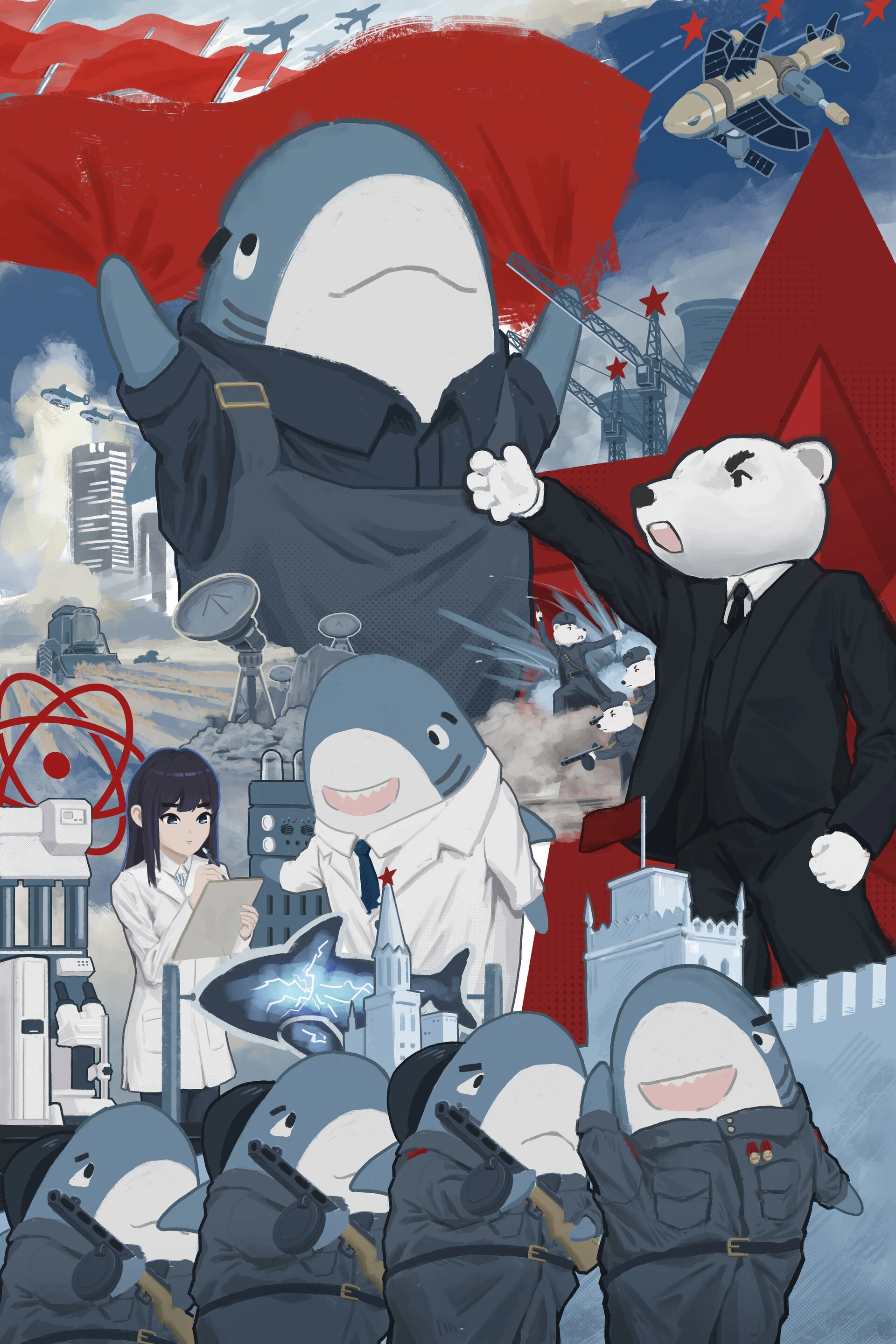The literature on Indian transfems/hijra is absolutely fucked, so I was curious about what Wikipedia's using for this article. I decided to check out the 18th citation, Gender Diversity in Indonesia: Sexuality, Islam, and queer selves. Buginese doesn't use gendered pronouns, so the author uses "s/he"/"hir" for calalai while also calling them females and daughters (also uses these pronouns for calabai). "For instance, as a masculine female" (129). So, idk. Are calalai like transgender men, or spicy women? Or are they like transgender men because people writing about them see them as just spicy women? One calalai says, "But if I were a man, well, we would have to get married first" (130) so yes calalai is probably not analogous to trans male. Then the author also provides an example of a calabai who calls herself a woman (140), so.
Interesting society! I wonder if there's any English sources actually written by a Bugis person though.
